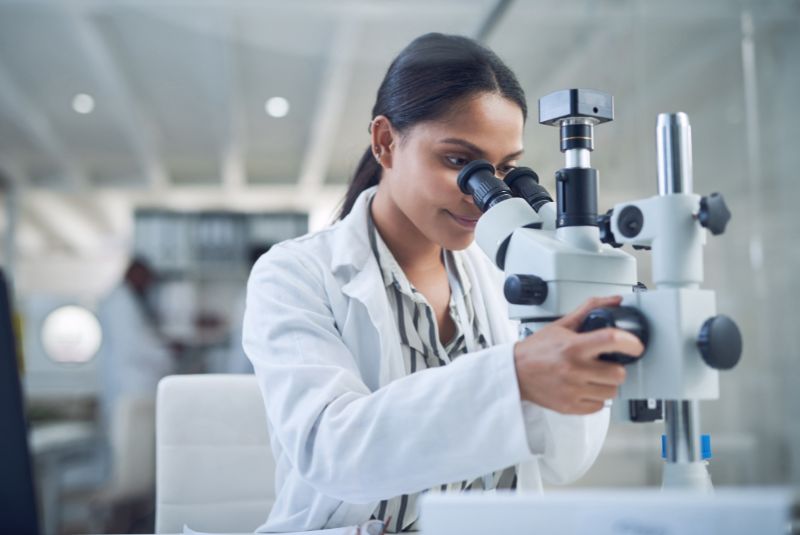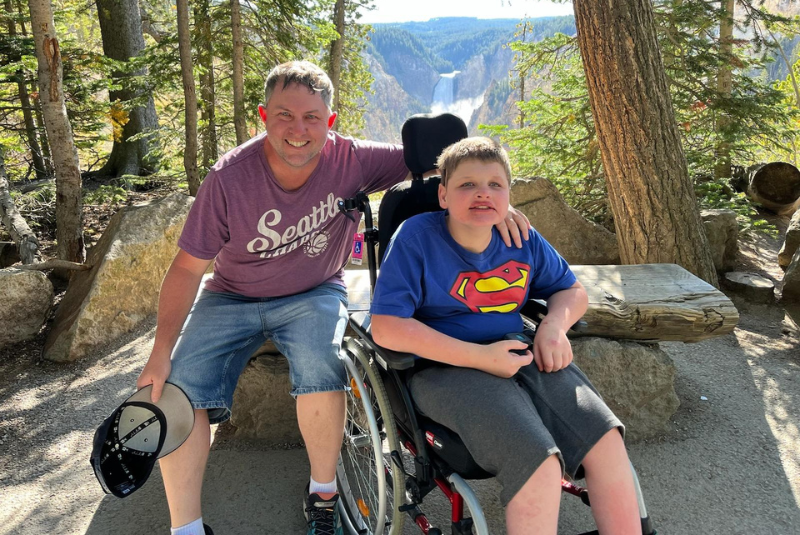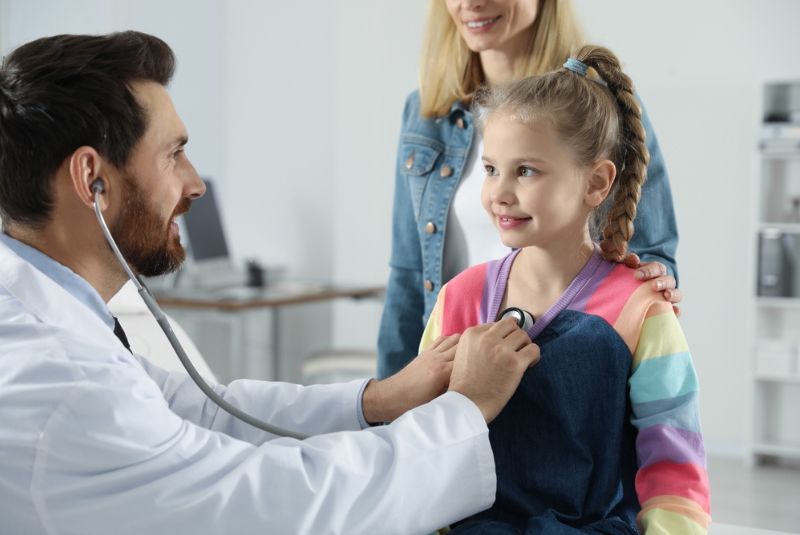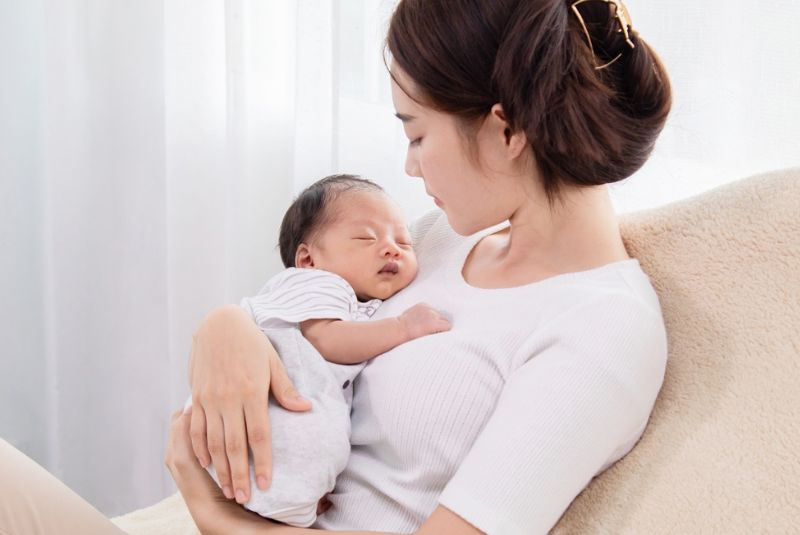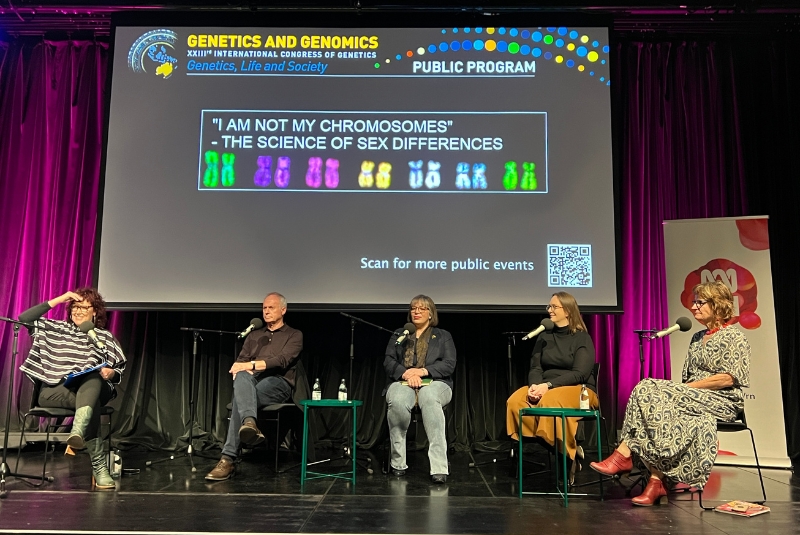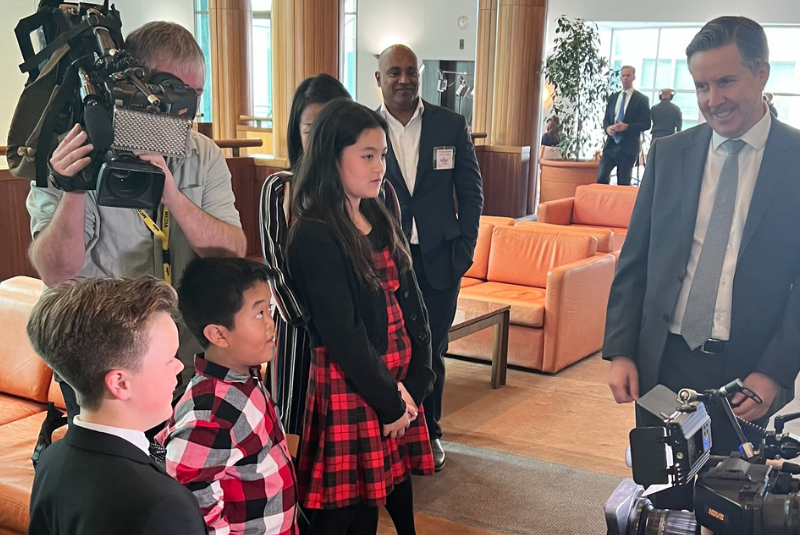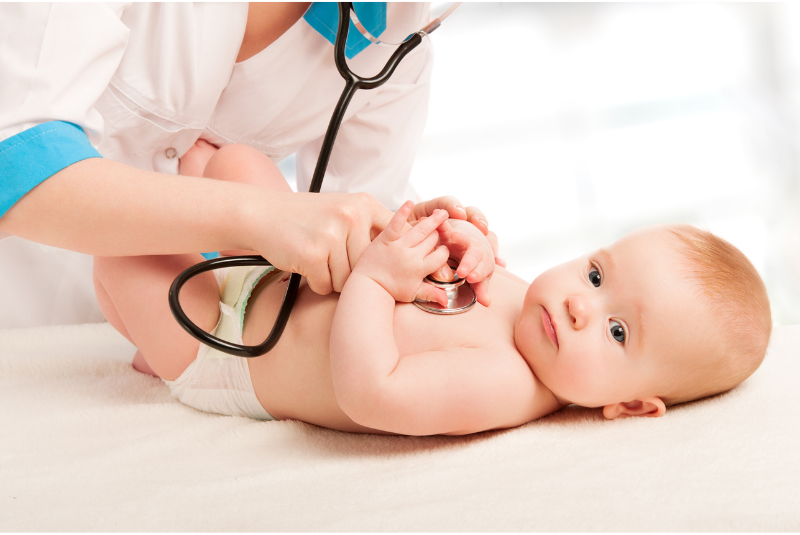Rare genetic disorders
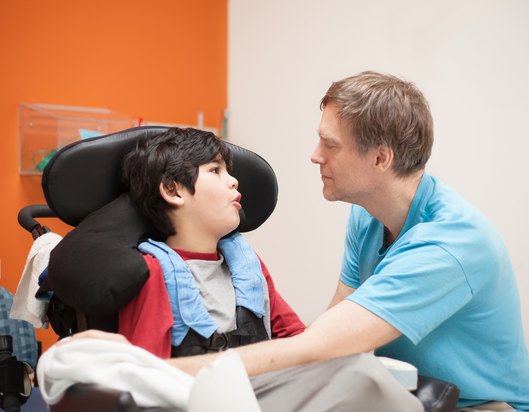
There are more than 7,000 rare genetic diseases, of which about three-quarters affect children.
Genetic disease conditions are caused by changes in genes. Some conditions are inherited and occur in more than one person in a family. Others can occur for the first time in the person with the condition.
Rare genetic diseases are often serious and complex. They can be progressive, which means they might get worse as children grow older.
Finding a diagnosis for a rare genetic condition can take a long time and this can have major effects. It can delay early interventions that could help manage symptoms; reduce the opportunity for personalised care; delay access to services and supports; and influence planning for more children.
Diagnosis doesn’t always mean that there’s a treatment or therapy that can help.

Who does it affect?
Who does it affect?
- In Australia, a disease is considered rare if it affects fewer than one in 2,000 people.
- At least one in 20 babies is born with a rare disease.
- If you have a child with a genetic condition, genetic counselling can help you and your family understand the diagnosis and adjust to it.
Our rare genetic disease research
Our rare genetic disease research
Our research is improving how we diagnose children with rare genetic conditions. Together with Victorian Clinical Genetics Services (VCGS), we have the expertise and facilities to identify new disease-causing genes.
By understanding causes and developing treatments, we aim to improve quality of life and evidence for policy change so Australians can access rapid, accurate gene testing.
Impacts of our research
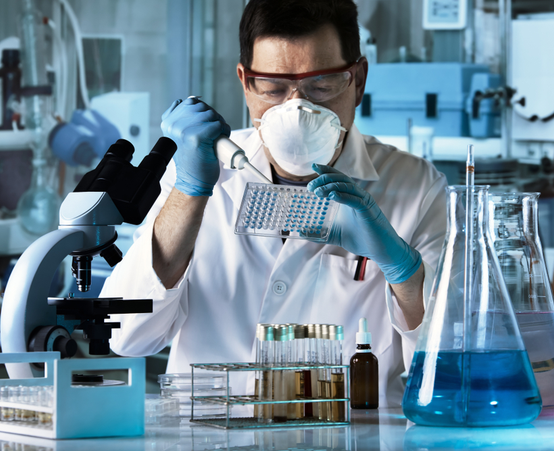
Impacts of our research
In our research, we have:
- Made over 100 gene discoveries
- Hastened ultra-rapid testing, informing care changes for critically ill children
- Formed Alliances to share data
- Seen over 5,000 patients and diagnosed more than 250 cases of rare diseases annually with The Royal Children’s Hospital
- Demonstrated how genomic sequencing can identify rare disease diagnoses in undiagnosed children, leading to Medicare funding and improved access nationwide
- Launched Rare Diseases Now, giving undiagnosed children pathways to diagnosis, treatments and trials
- Housed the POSSUM database used to diagnose disease
- Led trials for achondroplasia and Friedreich’s ataxia therapies
Our studies include those on:
- Ataxia
- Chromosome 15 imprinting disorders
- Epidermolysis Bullosa
- Complex congenital colorectal, BMP2-haploinsufficiency, Noonan and RAC3-related neurodevelopmental syndromes
- Mitochondrial diseases
- Craniosynostosis
- Congenital upper limb anomaly
- Pierre Robin sequence
Our vision
Our vision
Our vision is to enable all people living with a rare disease to receive a precise diagnosis, optimal care, and access to innovative research and therapy.
Where to next?
Where to next?
We are working closely with the Melbourne Children’s Trial Centre at MCRI to improve access to clinical trials for children with a rare disease. We continue to use our cutting-edge technologies to find answers for children who remain undiagnosed. We lead natural history studies for diagnosed children to better understand their rare disease.

